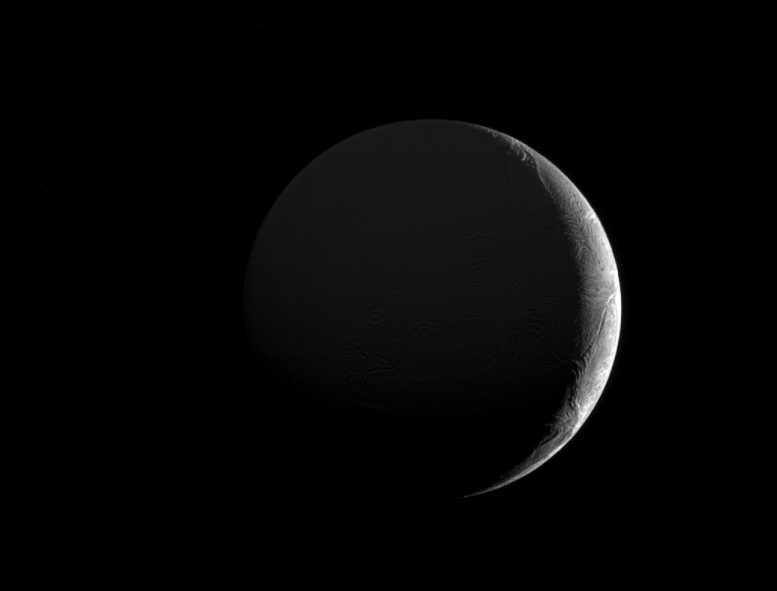
Enceladus is dimly illuminated in the image above by sunlight reflected off Saturn. Credit: NASA/JPL-Caltech/Space Science Institute
This newly released image from the Cassini Spacecraft shows the low angle of sunlight along the slim crescent of Saturn’s moon Enceladus, highlighting the many fractures and furrows on its icy surface.
This view looks toward the Saturn-facing hemisphere of Enceladus, which is dimly illuminated in the image above by sunlight reflected off Saturn. North on Enceladus is up and rotated 14 degrees to the left. The image was taken in visible light with the Cassini spacecraft narrow-angle camera on December 26, 2016.
The view was obtained at a distance of approximately 104,000 miles (168,000 kilometers) from Enceladus. Image scale is 3,303 feet (1 kilometer) per pixel.
Cassini is currently executing its set of 22 Grand Finale Proximal orbits, which have a period of 6.4 days, in a plane inclined 62.4 degrees from the planet’s equatorial plane. Each orbit stretches out to an apoapsis altitude of about 1,272,000 km from Saturn, where the spacecraft’s planet-relative speed is around 6,000 km/hr. At periapsis, the distance shrinks to about 2,500 km above Saturn’s visible atmosphere (by comparison, Saturn is about 120,660 km in diameter), and the speed is around 123,000 km/hr.
The most recent spacecraft tracking and telemetry data were obtained on May 10 using one of the 34-meter diameter DSN stations in Australia. The spacecraft continues to be in an excellent state of health with all of its subsystems operating normally except for the instrument issues described at http://saturn.jpl.nasa.gov/anomalies.
The countdown clock in Mission Control shows 122 days until the end of the Mission.
The Cassini mission is a cooperative project of NASA, ESA (the European Space Agency) and the Italian Space Agency. The Jet Propulsion Laboratory, a division of the California Institute of Technology in Pasadena, manages the mission for NASA’s Science Mission Directorate, Washington. The Cassini orbiter and its two onboard cameras were designed, developed and assembled at JPL. The imaging operations center is based at the Space Science Institute in Boulder, Colorado.

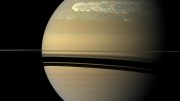
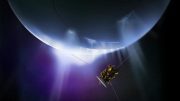
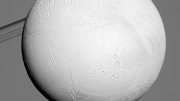
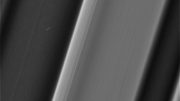

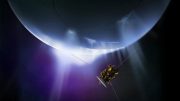
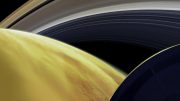

Be the first to comment on "Cassini Sees the Slim Crescent of Saturn’s Moon Enceladus"